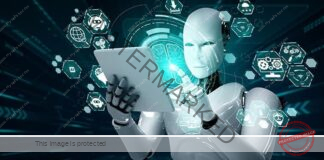
Chief Justice of India (CJI) DY Chandrachud said that our architectural models, intellectual resources and choices of physical or institutional design do not consider the disabled but takes into account an ableist perspective.
He illustrated his point with practical examples such as narrow lift doors and entry thresholds that often go unnoticed by those without disabilities but create significant obstacles for those with movement issues.
“Legal framework aside, our architectural models, intellectual resources, and choices of physical or institutional design sometimes adopt singular ableist perspective. The law now identifies that these barriers create disabilities and exclude persons from equal participation in social, cultural and economic terms,” he said.
The CJI appealed for recognizing and overcoming systemic ableism to foster a more inclusive and equal society while delivering the inaugural address at the India Accessibility Summit and State Disability Commissioner’s Conclave 2024 in Bengaluru on Saturday.
He stated that under-representation of physically challenged due to these barriers also keeps them away from public discourse, violating a whole range of their civil rights and compromising their citizenship as-well-as fundamental freedoms.
“This exclusion also robs our public discourse of valuable inputs. We are left with a deluge of ableist perspectives that overcrowd our social conscience and weigh heavily on the way we see the world,” he added.
Quoting Caroline Perez’s findings on workplace bias, he drew a parallel to ableism, stating that ‘similarly our physical infrastructure and some of our policy considerations were ableist. They stem from lack of participation and they also further entrench the lack of participation of persons with disabilities, thereby forming an endless loop of exclusion.’
The CJI highlighted several initiatives and success stories that have started to break this loop, including Karnataka’s ‘Participatory Governance in Disability’ policy that promoted participation of disabled through various social programs.
He also lauded Indian corporate institutions for leading by example in creating diverse workspaces, noting that inclusive hiring practices have become ‘better economic and institutional choices.’
The CJI also pointed out the importance of addressing non-visible disabilities (NVDs) and the stigma surrounding them. He mentioned a 2014 report in the Economic Times, which found that 71% of children with disabilities live in rural areas with fewer support structures.
‘Active diagnosis, education and awareness campaigns will go a long way in overcoming the stigma and prejudice around NVDs,’ he stated.





























